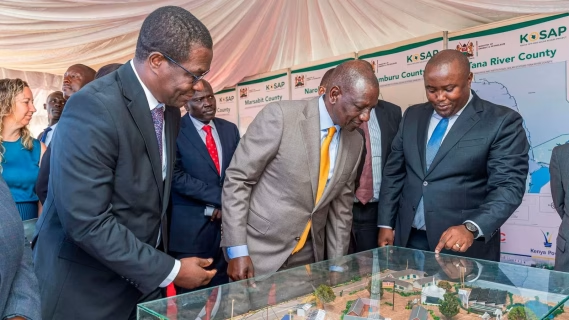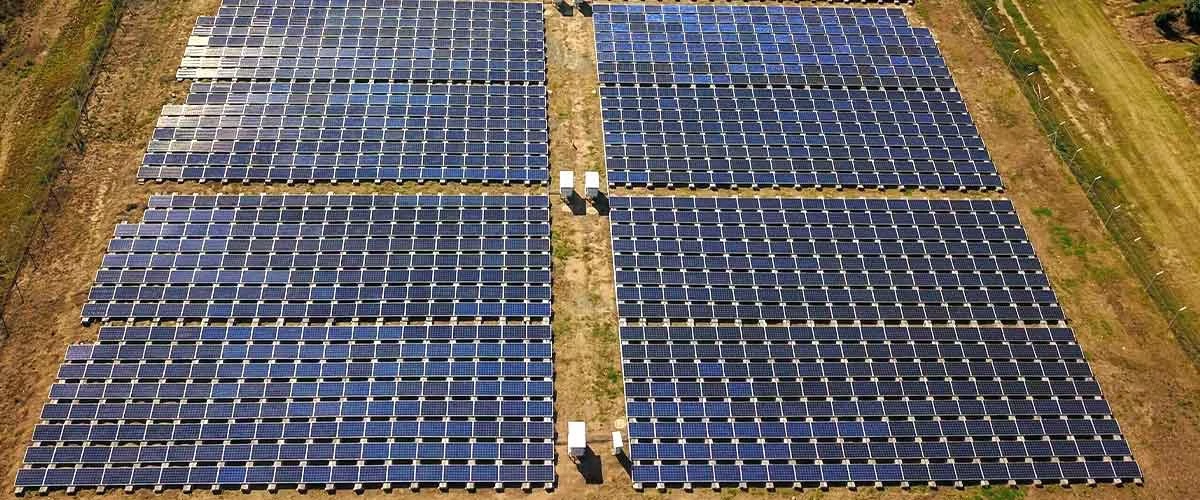Kenya’s government has rolled out a multi-billion-dollar off-grid solar project to facilitate in providing power in the Asal counties. Over 14 Arid and Semi-arid (Asal) counties are expected to benefit from the project dubbed the Kenya Off-Grid Solar Access Project (KOSAP). The aim of the project is to provide access to modern energy in the country’s remote, low-density, and traditionally undeserved areas. The benefitting counties include Mandera, Garissa, Wajir, Marsabit, Isiolo and Turkana. Furthermore, Baringo, Samburu, and West Pokot are optimistic that the project will expand access to electricity. Others are Taita Taveta, Narok, Kilifi, Kwale and Lamu. Its implementation is being conducted by the Ministry of Energy through Rural Electrification and Renewable Energy Corporation (Rerec). Moreover, Kenya Power is on board and is being financed by the World Bank. It is part of the government’s commitment to providing universal access to electricity in the country by 2030.
The Scope of Implementation on Kenya’s Off-Grid Solar Project
The scope of implementation on Kenya’s off-grid solar project is one that aims to add more people to the country’s grid. Energy Cabinet Secretary Opiyo Wandayi noted that the project targets 300,000 households or about 1.5 million people. Furthermore, he noted that the 14 counties targeted for this project are far from the national grid. Most counties in Northern Kenya have been left behind but the off-grid solar project aims to fix that. This monumental project now intends to bring them to the same level as their counterparts in other regions. Wandayi said that as the government also extends the national grid through Rerec.

They also target the off-grid installations for the whole country to unlock its full potential. “The project also targets constructing 114 mini-grids, construction of 343 standalone public facilities, installation of solar water pumps in 380 boreholes, and facilitating the sale of 250,000 stand-alone solar systems,” he said. The country has experienced higher electricity demand. Peak demand has risen by 6.1 per cent from 2,228 MW in August 2024 to the current peak demand of 2,363.41 MW. “This increase in demand is a result of increased investment in the transmission and distribution system,” Wandayi noted.

